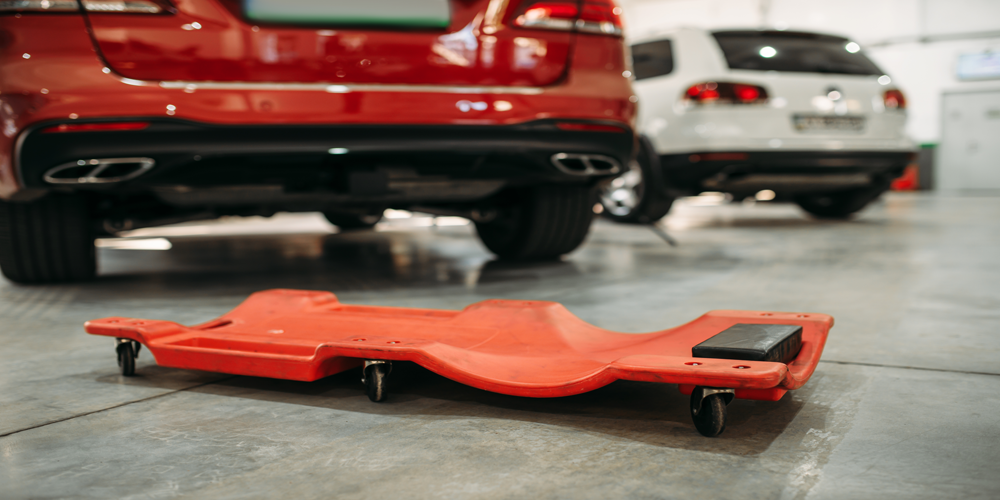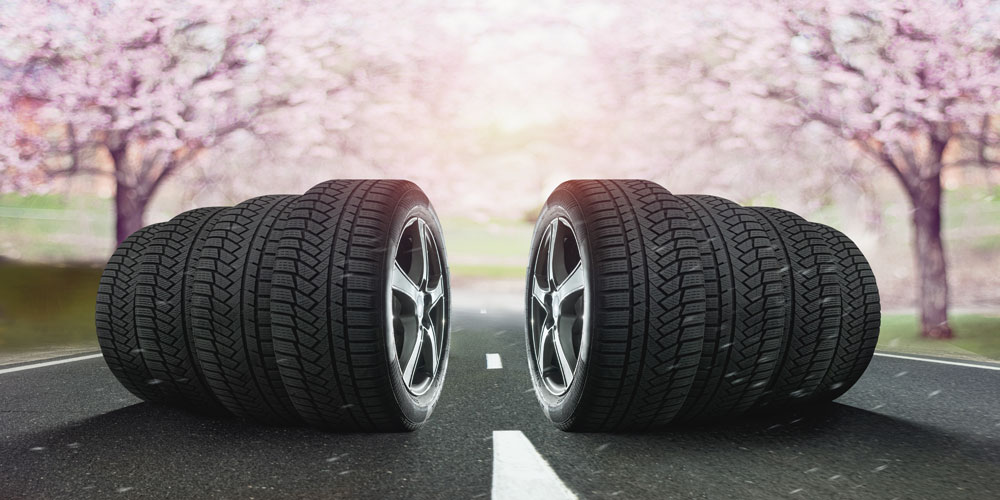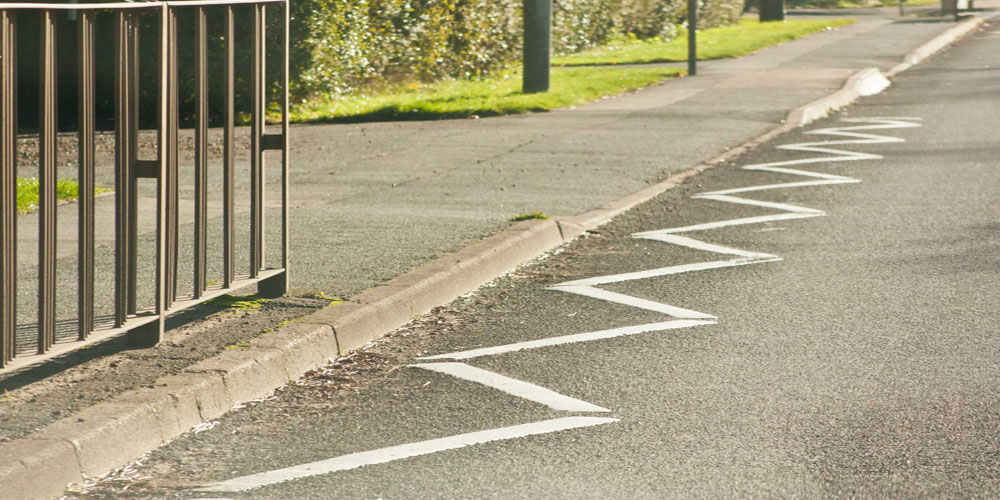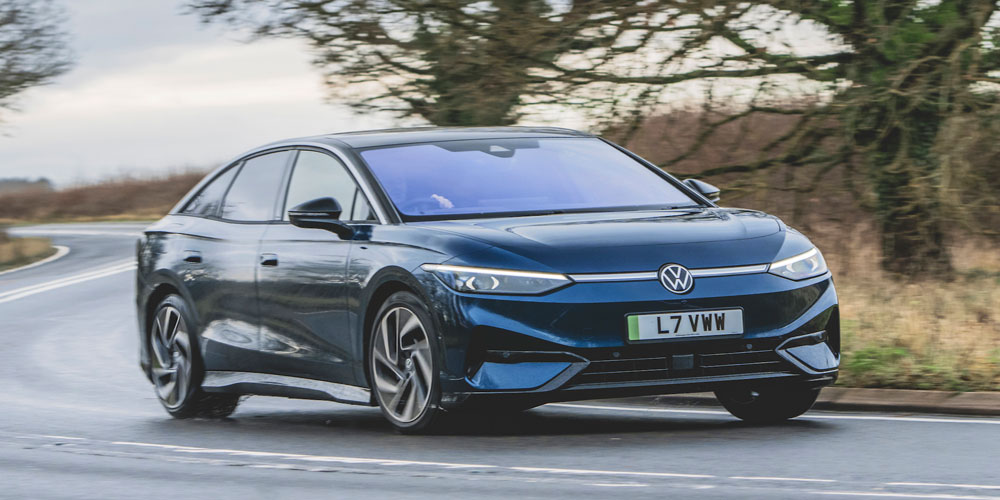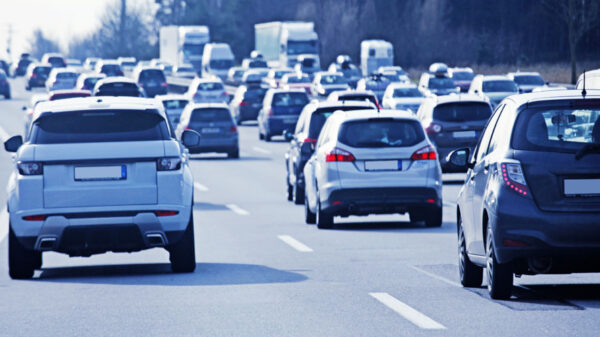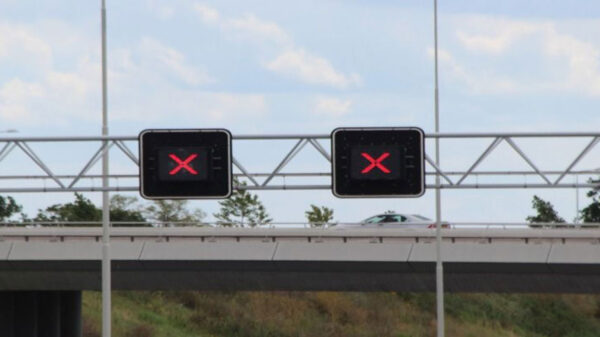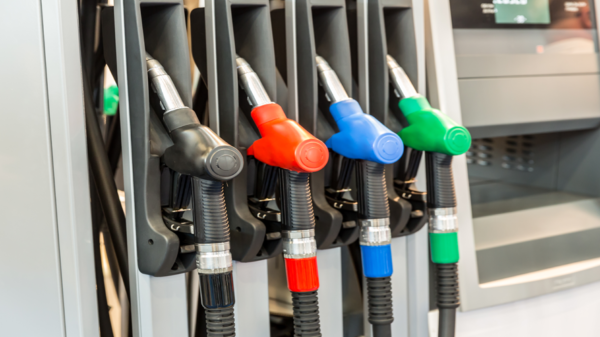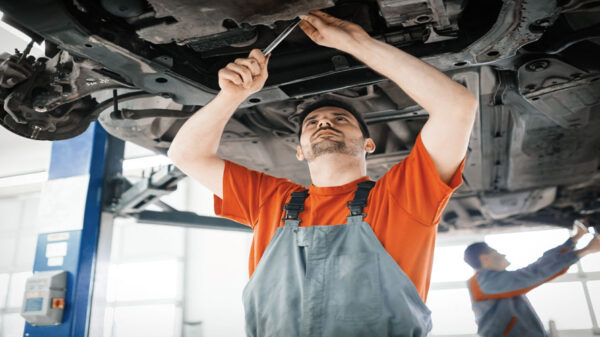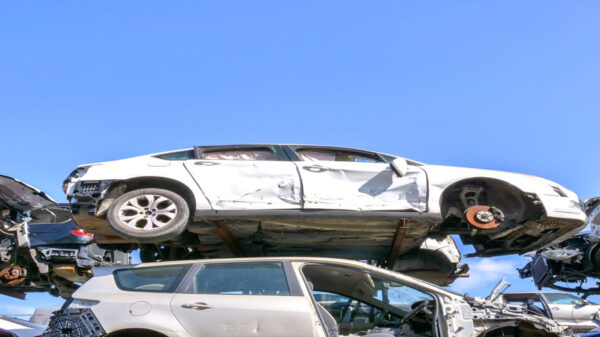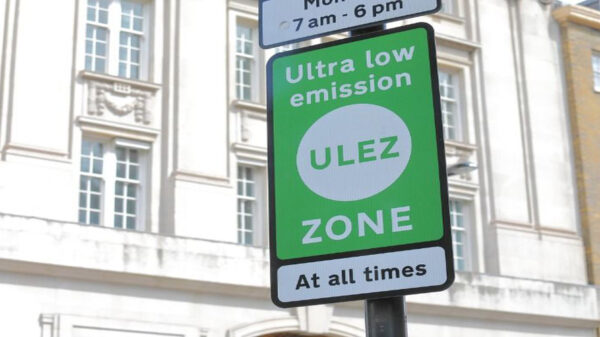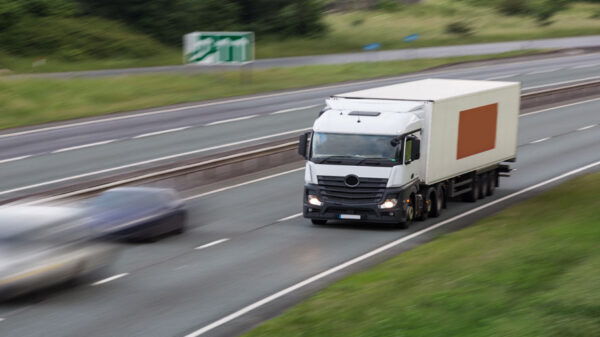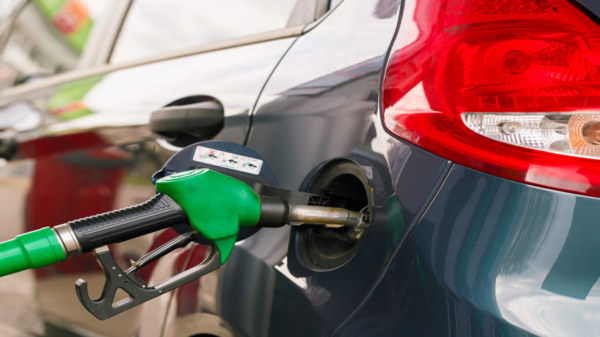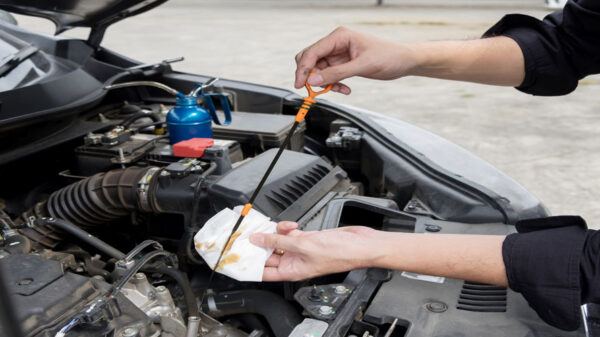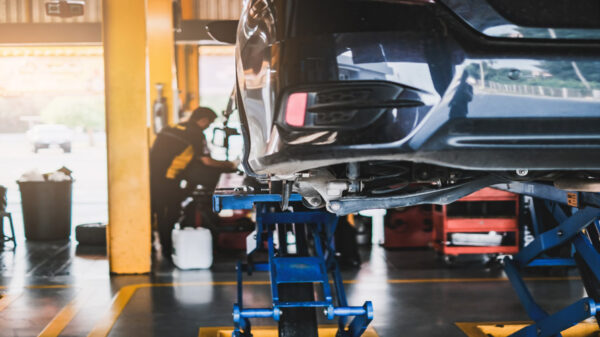Keeping Your Car Road Worthy During Lockdown
As the lockdown continues, we’re all being urged to stay home and avoid any non-essential journeys. But our vehicles are a bit like us in that they need protective care, attention and regular movement to keep working efficiently.
Keep your battery charged
Battery related issues are the number one cause of vehicle breakdowns. Usually, the battery is charged when the engine is running. Without regular journeys, immobilisers and other components that continue to absorb power could mean your vehicle fails to start when you need it most.
To prevent this, start up your engine every few days and leave your vehicle running for a while (make sure you stay in the vehicle) to help to prolong the battery life and maintain its charging capability. Frequent short journeys will drain the battery far quicker than usual, so try to group up any essential journeys into a single trip and, if you have access to more than one vehicle, alternate usage to give both vehicles a run.
Watch where you park
Parking close to trees or large bushes increases the likelihood of paintwork being damaged by wildlife or foliage, so try to avoid that if possible.
As the weather improves, long-term exposure to the sun’s rays can result in faded paintwork on the exterior as well as warping objects inside the vehicle. If you don’t have the luxury of a private garage, a cover or windscreen shield can help to protect the vehicle’s exterior and/or interior from the elements.
Give it a rest
Extended periods of disuse can put a strain on the handbrake cable, especially if your car is parked on an incline. If it is safe to do so, using wheel chocks instead of engaging the vehicle’s handbrake will avoid any unnecessary stress on the handbrake.
Keep it clean
Leaving a vehicle unused for long periods of time can mean that tree sap, bird droppings and insects can cause unsightly and sometimes long-lasting damage before you have a chance to remove them.
Wash your vehicle at home using a wash mitt, car shampoo and microfibre cloth. If you have one, using a pressure washer to clean the wheels and arches will help guard against future erosion by removing all brake shavings, dirt and grease. Once clean, taking the time to finish with a good quality wax will protect the paintwork from the ravages of nature.
On the inside, hoover thoroughly and wipe all the surfaces, making sure that there are no remnants of food which could become baked on, causing damage to the interior and attracting rodents. Finally, as a protection against COVID-19, disinfect your vehicle using a bleach-free household disinfectant and anti-bacterial wipes.
The perfect charge
Continuously keeping electric vehicles charged to 100% can cause the battery to degrade. Conversely, with batteries typically losing around 2% per month from internal electronics, allowing the battery to run completely flat could cause difficulties when recharging.
Most EVs perform best when kept at between 50% and 80% charge, so keep an eye on the gauge and avoid extremes at either end of the scale.
Keep it topped up
By leaving your fuel tank only partially filled, moisture can accumulate causing rust to develop, so keeping your fuel topped up is a good idea. While you’re at it, make sure oil, coolant and screen wash are filled too in order to protect your vehicle and ensures it runs smoothly when needed.
Over time, unused fuel can start to degrade creating harmful deposits with the potential to clog filters and other parts of the fuel system, so you might also consider adding an appropriate fuel stabiliser to prevent the build-up of harmful sticky resins.
Pump up those tyres
Long periods of inactivity can cause tyres to harden and lose shape. Air can also escape through icroscopic holes in the sidewall of the tyre or via any imperfections in the valve. To prevent a flat when the time does come to get back out on the road, make sure you tyres are always topped up to the maximum recommended pressure for your vehicle.
Read your handbook
It is not uncommon to flick through the vehicle handbook in the first few days after delivery and then only consult it again when something goes wrong. As a result, we probably don’t get the most from our vehicle and miss out on a whole host of features we never knew it had.
If the lockdown has given you a little extra time, why not check out all those lesser known features, functions and symbols?
Check your vehicle before driving
When it does come time to hit the road, here is a quick run-down of some essential checks to make sure you’re good to go.
WINDOWS
Check windows are clean and clear for full vision with no damage or chips, particularity if your vehicle is parked under trees.
MIRRORS
Ensure mirrors are clean and positioned correctly, with no damage or missing glass.
REAR CHECKS
Ensure all rear lights are working, including indicators, brakes and reverse.
LIGHTS AND INDICATORS
Ensure lights are working at the front of the vehicle, including indicator light/ hazards.
TYRES
Check all your tyres (including the spare if you have one) for damage, bulging and pressure. Make sure you have the equipment you will need if you need to change any of your tyres.
INTERNAL CHECKS
Keep your vehicle clean and tidy, particularly foot-wells to ensure nothing gets trapped under the pedals. Check your steering and horn is working correctly. Check for any warning lights before setting off.


